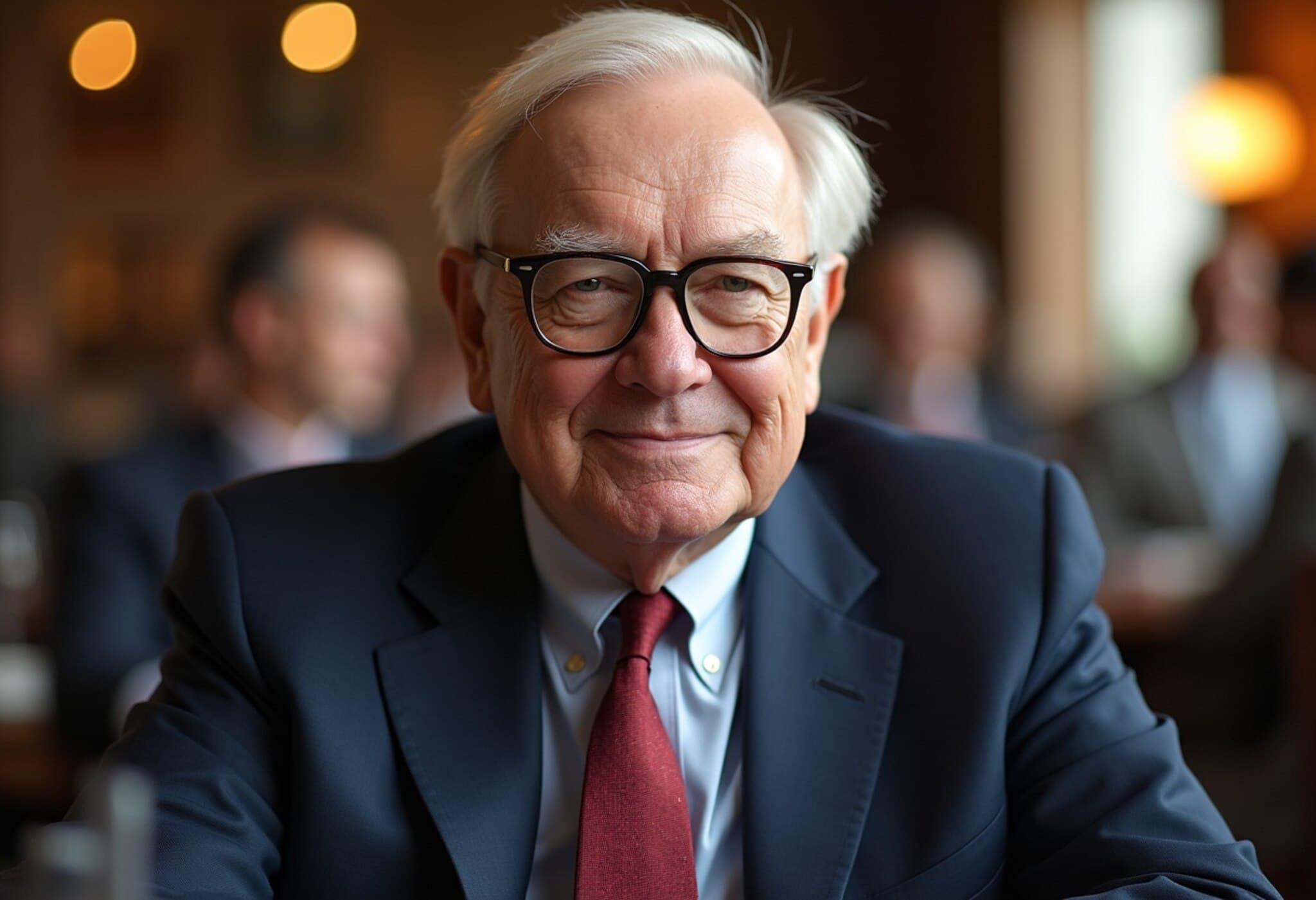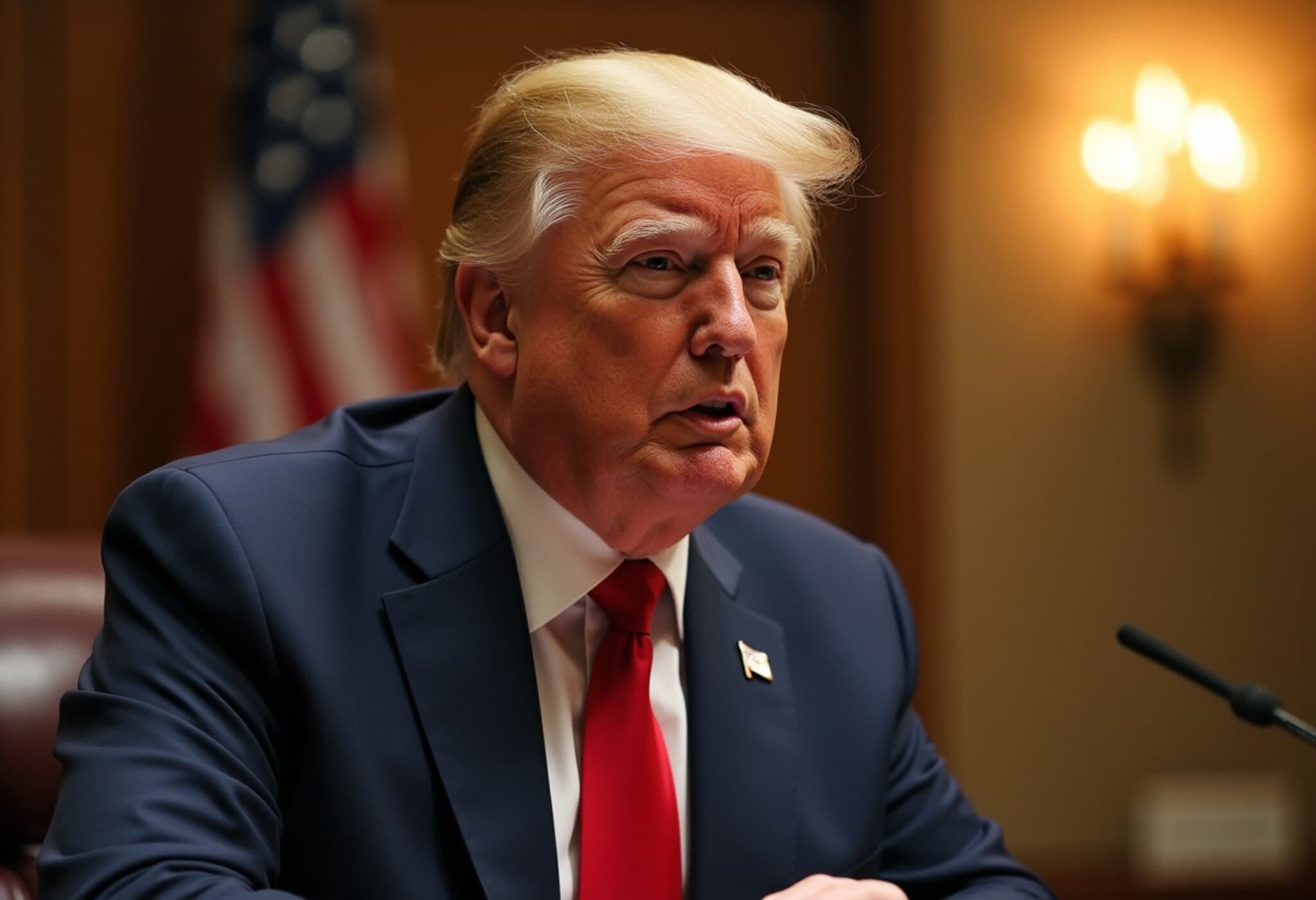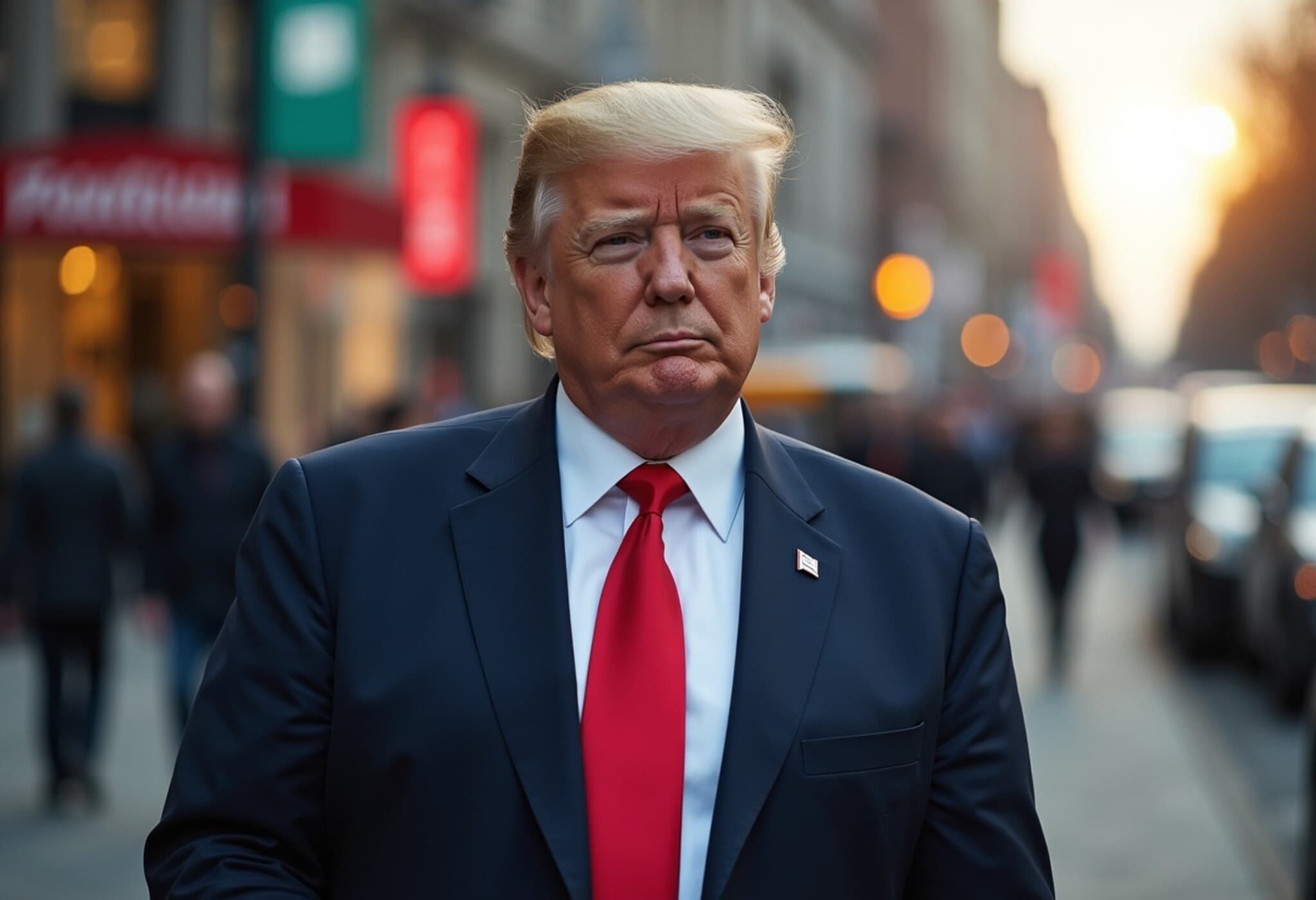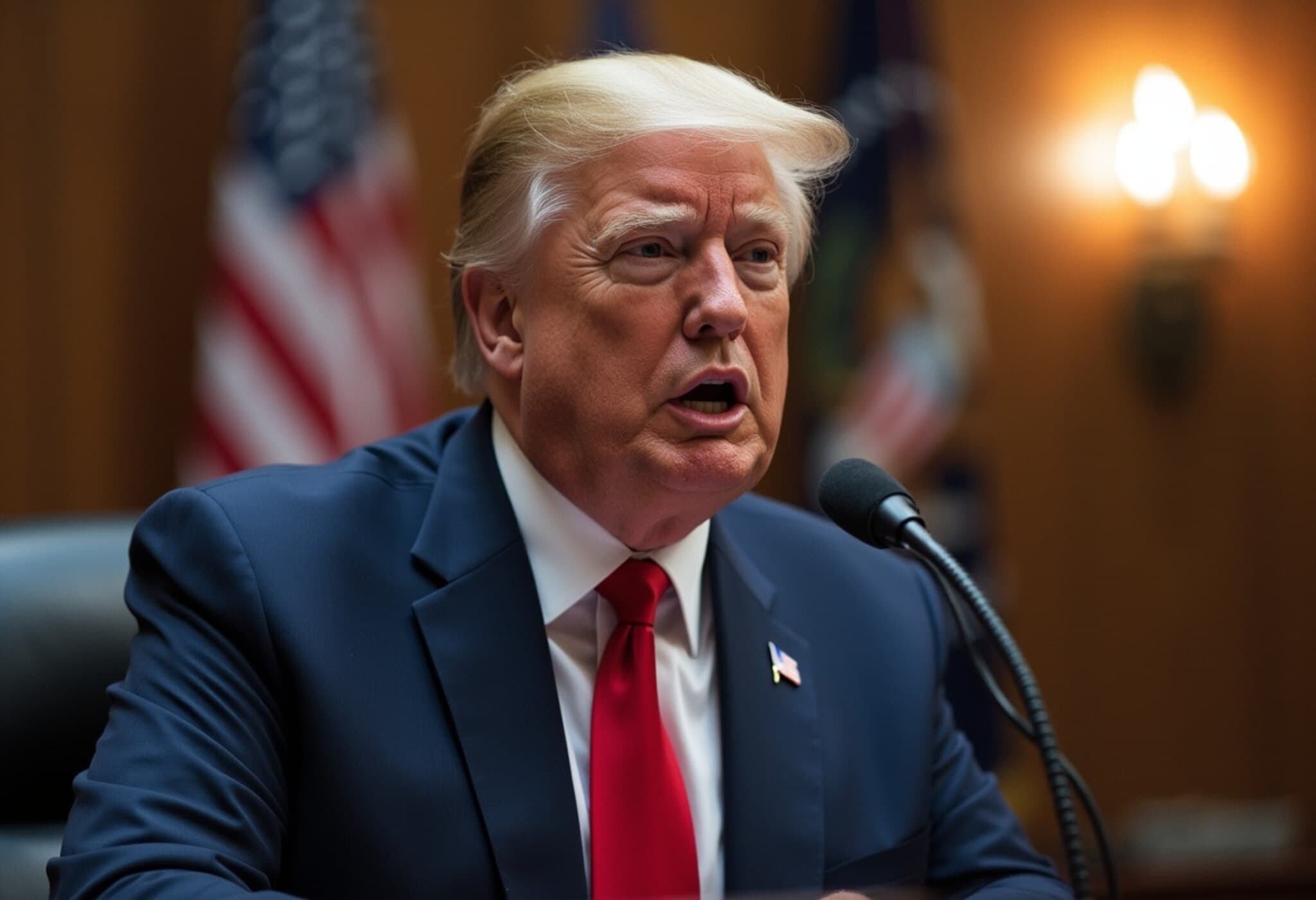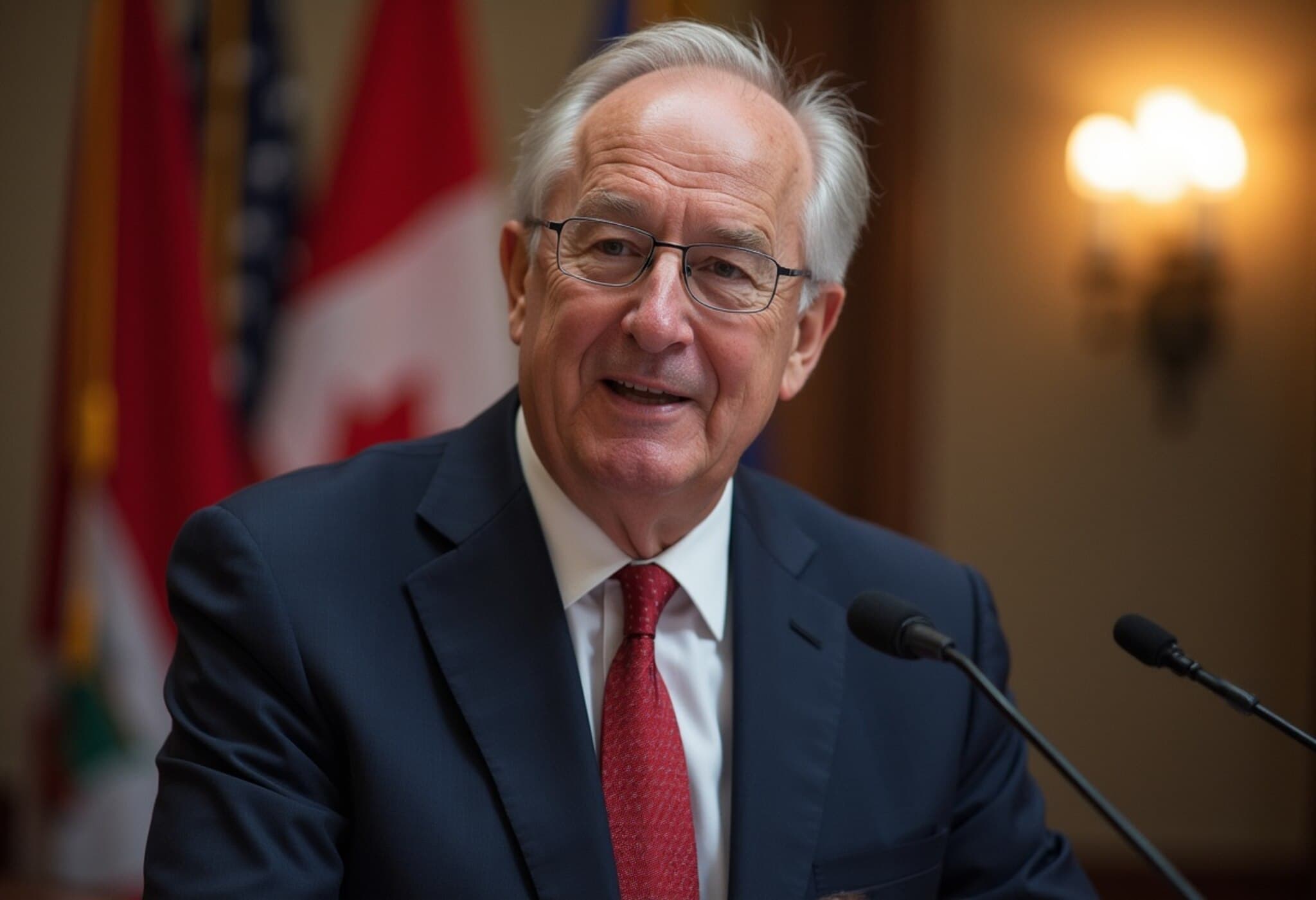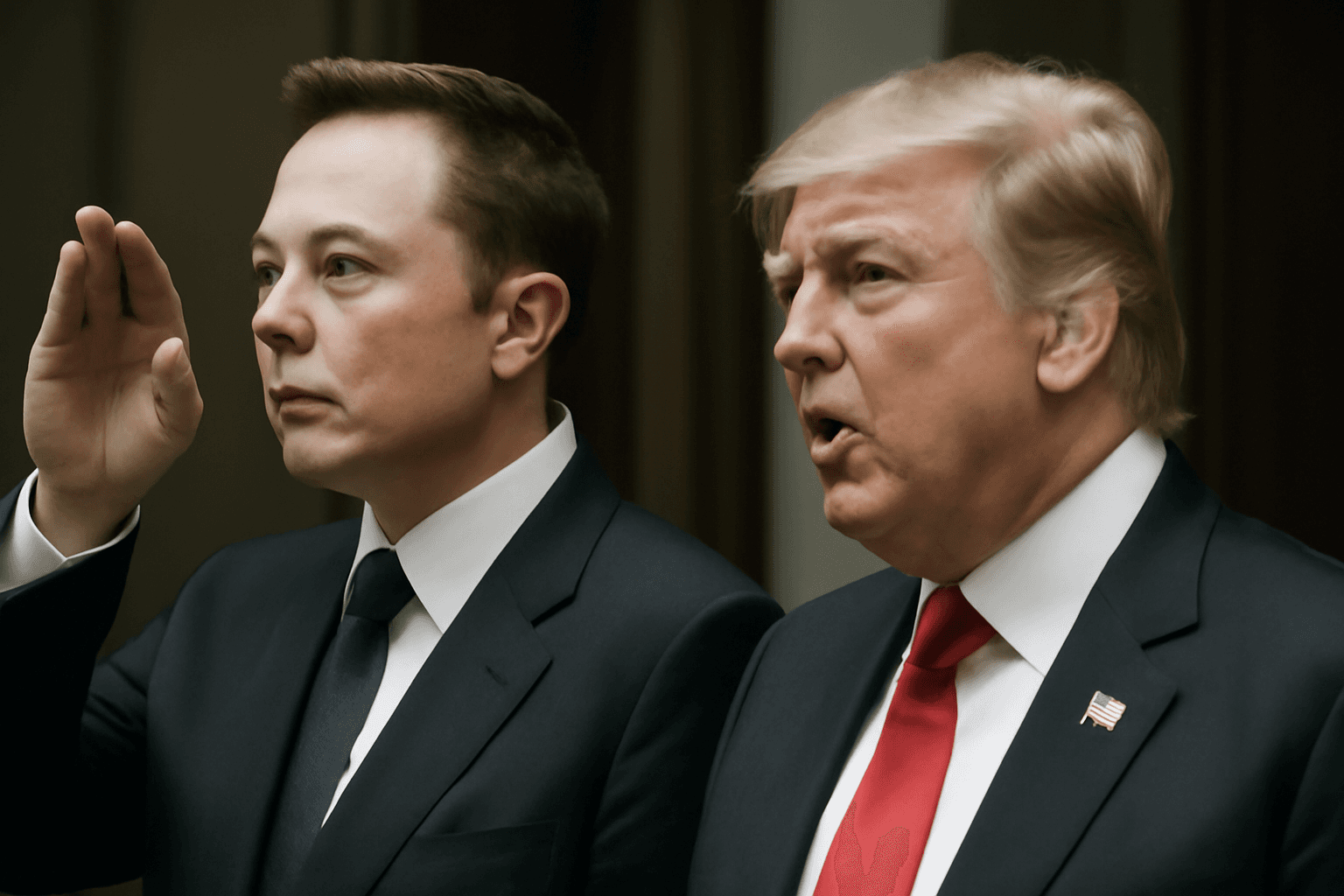Gold Prices Surge Before Pullback Amid U.S. Tariff Confusion
Gold futures soared to an all-time high on Friday, fueled by reports that the United States had imposed tariffs on 1-kilogram gold bars imported from Switzerland. However, after the White House announced plans to clear up widespread misunderstandings surrounding the tariff situation, gold prices retreated slightly.
White House Promises Clarity on Tariff Misinformation
In response to market volatility and concerns from international partners, a White House official told CNBC that the administration plans to issue an executive order to dispel misinformation regarding tariffs applied to gold bars and other specialized products.
This announcement came shortly after gold futures reached a record closing price of $3,491.30 per ounce, before calming to around $3,463.30.
U.S.-Swiss Trade Relations Under Spotlight
Swiss Precious Metals Association President Christoph Wild expressed apprehension that these tariffs could disrupt the physical flow of gold between Switzerland and the U.S., two long-time trading partners.
“We are particularly concerned about the implications of the tariffs for the gold industry and for the physical exchange of gold,” Wild said, emphasizing Switzerland’s pivotal role as the world’s largest gold refiner.
Details on the Tariff and Its Scope
President Donald Trump’s administration had levied a 39% tariff on Swiss exports to the U.S. This week, Customs and Border Protection clarified that the tariff includes imports of 1kg and 100-ounce gold bars. The Swiss Precious Metals Association noted that the clarification extends beyond Switzerland — all gold bars of these sizes from any country entering the U.S. would be affected.
Implications for the Global Gold Market
The initial tariff announcement caught many off guard, driving speculative spikes in gold futures as investors sought refuge amid geopolitical and trade uncertainty. Yet, the White House’s move to address misinformation reflects the delicate balance between protecting domestic industries and maintaining healthy international trade ties.
Market watchers now await the forthcoming executive order to determine the final stance of U.S. policy, which could either soothe tensions or reignite volatility in the precious metals arena.
Expert Insight: What This Means for Investors and the Economy
- Trade tensions: Tariffs on raw materials like gold could strain U.S.-Swiss relations, potentially influencing broader trade negotiations.
- Investor behavior: Uncertainty around tariffs often pushes investors toward gold as a safe haven, but clarity could stabilize prices.
- Domestic industry: Tariffs are designed to protect U.S. manufacturers, but imposing them on commodities with complex supply chains risks unintended market distortions.
Looking Ahead: Questions for Policymakers and Markets
This episode raises critical questions: How will the U.S. balance tariff policies without disrupting strategic commodity flows? What mechanisms will ensure accurate communication to avoid market panic? And crucially, how might global gold refining and trading networks adapt in light of these protections?
Editor’s Note
The recent spike and subsequent correction in gold prices underscore the intertwining of trade policy and commodity markets. As the White House moves to clarify tariff details, investors, traders, and policymakers alike must brace for an evolving landscape where clear communication and strategic foresight are as valuable as the precious metals themselves.











